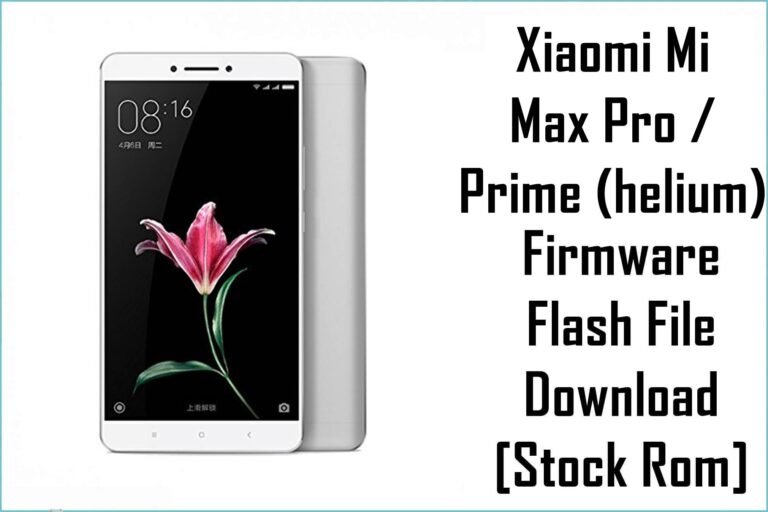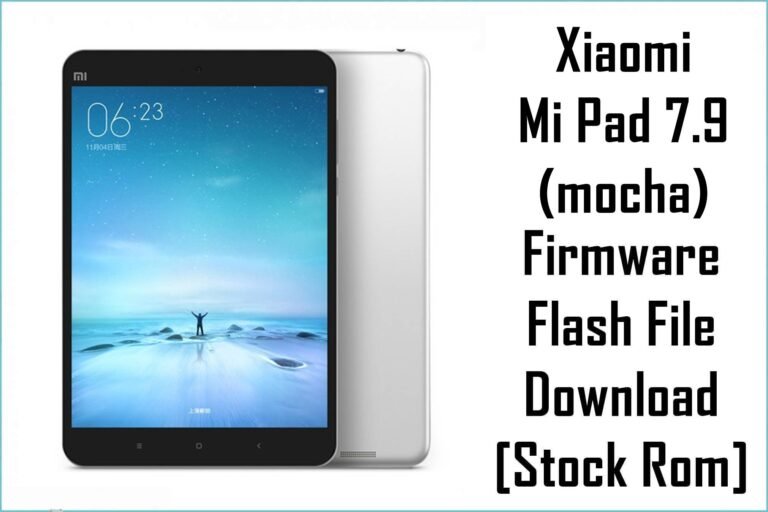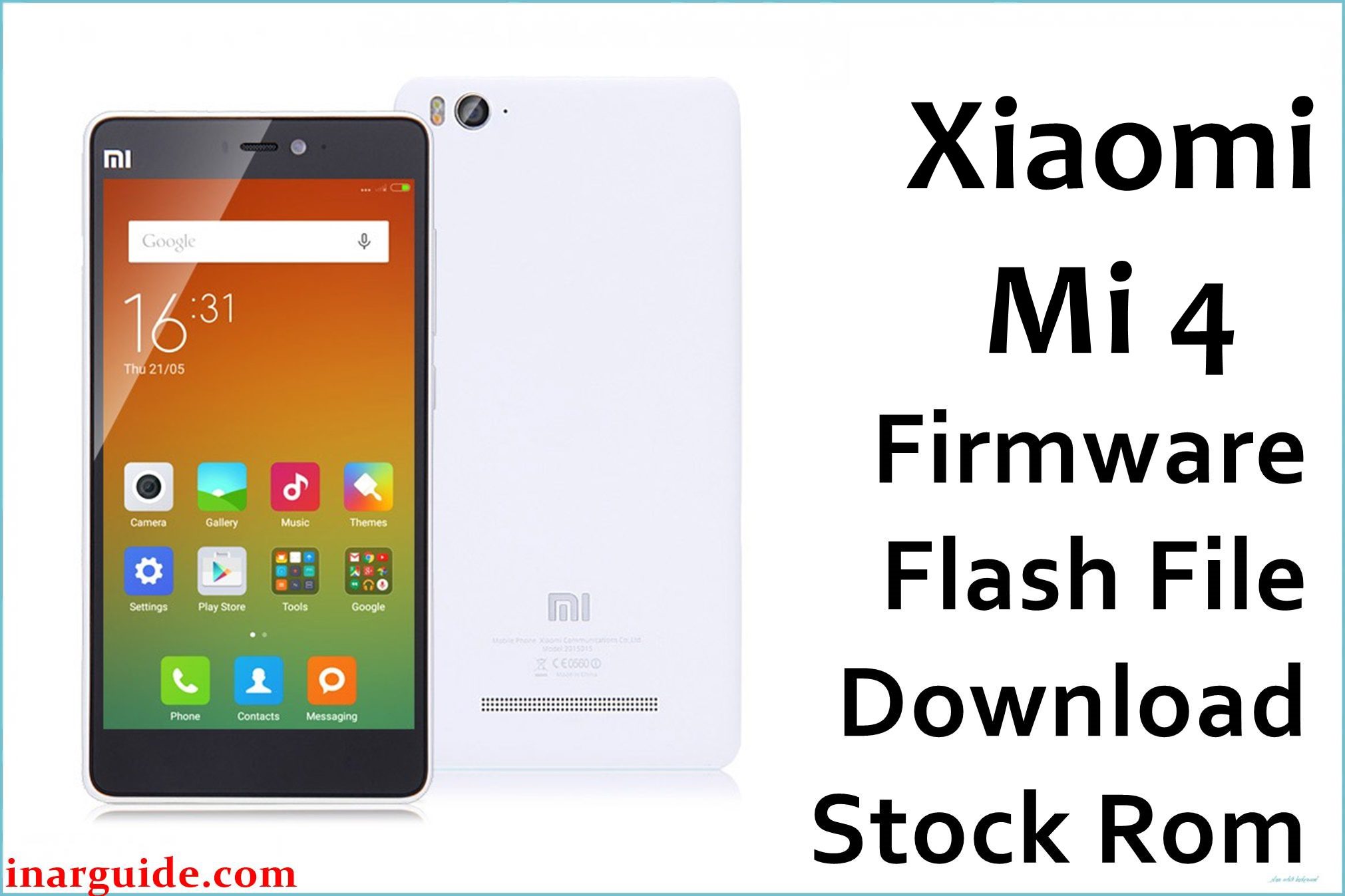The Xiaomi Mi Note Pro (codename leo), launched in 2015, was Xiaomi’s supercharged flagship phablet, designed to be one of the most powerful smartphones on the market. It took the beautiful 3D curved glass design of the standard Mi Note and packed it with top-of-the-line specifications. The leo was a true beast, featuring a stunning 5.7-inch Quad HD (2K) display, the powerful octa-core Qualcomm Snapdragon 810 v2.1 processor, and a generous 4GB of LPDDR4 RAM. As this premium device was sold exclusively in the Chinese market, it never had an official Global ROM. For enthusiasts looking to restore this classic powerhouse, this page provides the official China Fastboot ROM, the essential Xiaomi.eu ROM for international users, and the TWRP custom recovery.
Important: You must verify your device is a Mi Note Pro (leo). This firmware is not compatible with the standard Mi Note (virgo), which has a different processor and a 1080p screen. Flashing the wrong firmware will hard brick your phone.
Quick Device Specs
- Device: Xiaomi Mi Note Pro (leo)
- Release year: 2015
- Chipset: Qualcomm Snapdragon 810 v2.1
- Display: 5.7″ IPS LCD, Quad HD (2K)
- Battery: 3090 mAh, 18W fast charging
- Original MIUI: Android 5.0.1 (Lollipop), MIUI 6
Required Downloads
| File / Tool | Download Link |
|---|---|
| Xiaomi Mi Flash Tool (Older Version Recommended) | Download MiFlash20160830 |
| Xiaomi USB Drivers | Included with Mi Flash Tool |
| Bootloader Unlock Tool | Official Mi Unlock Page |
Official & Custom ROMs / Recovery
| Region | Build | Android | Type | Download | Codename |
|---|---|---|---|---|---|
| China | V9.2.3.0.NXHCNEK | 7.0 | Official Fastboot ROM | Download | leo |
| Xiaomi.eu (Custom) | V9.1.2.0.NXHCNEI (Based) | 7.0 | Custom Recovery ROM | Download | leo |
| TWRP (Custom Recovery) | 3.2.3.0 | — | Custom Recovery | Download | leo |
How to Flash Official ROM (Mi Flash Tool)
Use this method to unbrick your phone or restore official China MIUI firmware.
- Boot into Fastboot mode (Power + Volume Down).
- Extract the official firmware (.tgz file) and select the main folder containing the
/imagesdirectory in Mi Flash Tool. - Select clean all for a safe installation (you can use clean all and lock to return to a fully stock, locked state).
How to Install TWRP & Flash Custom ROMs
Use this method to get a multilingual experience with Google Apps.
What is TWRP? TWRP (Team Win Recovery Project) is a powerful custom recovery that replaces your phone’s basic stock recovery. It is the essential tool needed to install, or “flash,” custom software like the Xiaomi.eu ROM (.zip file), and perform other advanced tasks like rooting.
Disclaimer: This is an advanced process. Proceed at your own risk.
- Unlock the Bootloader: You must have an unlocked bootloader.
- Flash TWRP:
- The TWRP download is a .zip file. Extract it to find the
recovery.imgfile. - Boot your phone into Fastboot mode (Power + Volume Down) and connect it to your PC.
- Using ADB & Fastboot tools, flash the
recovery.imgfile with the command:
fastboot flash recovery recovery.img
- The TWRP download is a .zip file. Extract it to find the
- Boot into TWRP: After flashing, immediately boot into recovery by holding Power + Volume Up.
- Install Xiaomi.eu ROM:
- In TWRP, it’s recommended to first perform a Factory Reset via the “Wipe” menu.
- Transfer the Xiaomi.eu .zip ROM file to your phone’s storage.
- In TWRP, tap “Install,” select the .zip file, and swipe to confirm the flash.
Device-Specific Troubleshooting for Mi Note Pro (leo)
The Mi Note Pro is a high-performance classic, but its Snapdragon 810 chip has some famous quirks.
- CRITICAL – Overheating: The Snapdragon 810 processor is notorious for generating extreme heat. It is normal for the Mi Note Pro to become very hot, especially the metal frame, during intensive tasks like gaming, video recording, or even just setting up the phone. This can cause significant performance throttling (lag). Avoid heavy use while charging to manage temperatures.
- Hard Brick Recovery (EDL Mode): If your phone becomes completely unresponsive (hard bricked), the only way to recover it is via EDL Mode (Qualcomm 9008). This requires opening the phone and shorting two specific test points on the motherboard while connecting to a PC, which forces Mi Flash Tool to detect it for a low-level flash.
- Using an Older Mi Flash Tool: For a classic device like the Mi Note Pro, the latest Mi Flash Tool may have compatibility issues. If you encounter random errors during flashing, using a stable older version (like MiFlash20160830) often solves the problem.
- Removing “Fake” Global ROMs: The Mi Note Pro was only sold in China. If your phone has Google Play Store pre-installed and is not running a known custom ROM like Xiaomi.eu, it is likely an unstable, unofficial “vendor ROM.” Flashing the official China ROM or Xiaomi.eu ROM is the only way to get a clean and secure system.
FAQs
Q1. What’s the difference between the Mi Note Pro (leo) and the standard Mi Note (virgo)? The Mi Note Pro (leo) was the high-end version. It featured a more powerful Snapdragon 810 processor (vs. 801), a higher resolution 2K display (vs. 1080p), and more RAM (4GB vs. 3GB).
Q2. Was there an official Global ROM for the Mi Note Pro? No. The Mi Note Pro was sold exclusively in Mainland China. To get a multilingual experience with Google Play Services, users must unlock the bootloader and install the Xiaomi.eu custom ROM.
Q3. What was the final official update for the Mi Note Pro? The device launched with Android 5.0.1 Lollipop and received its final major OS upgrade to Android 7.0 Nougat. Its final official MIUI version was MIUI 9.2.



